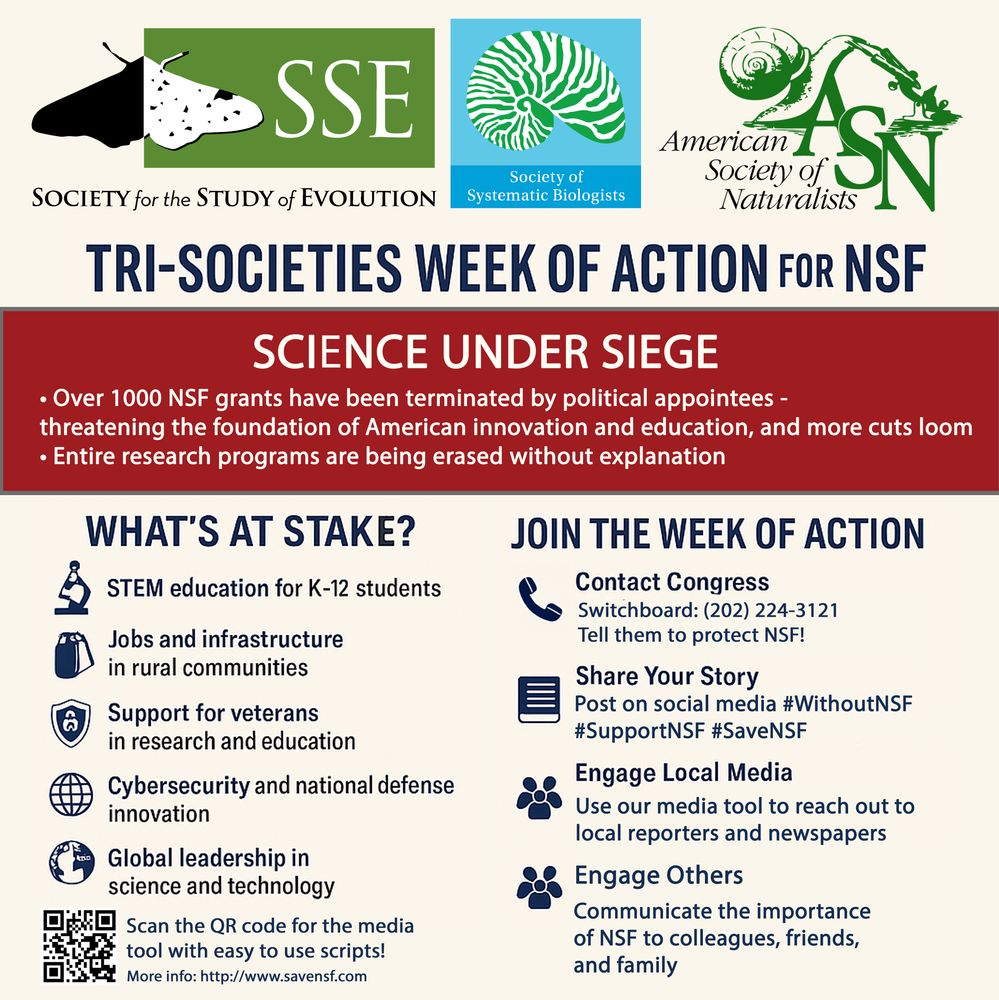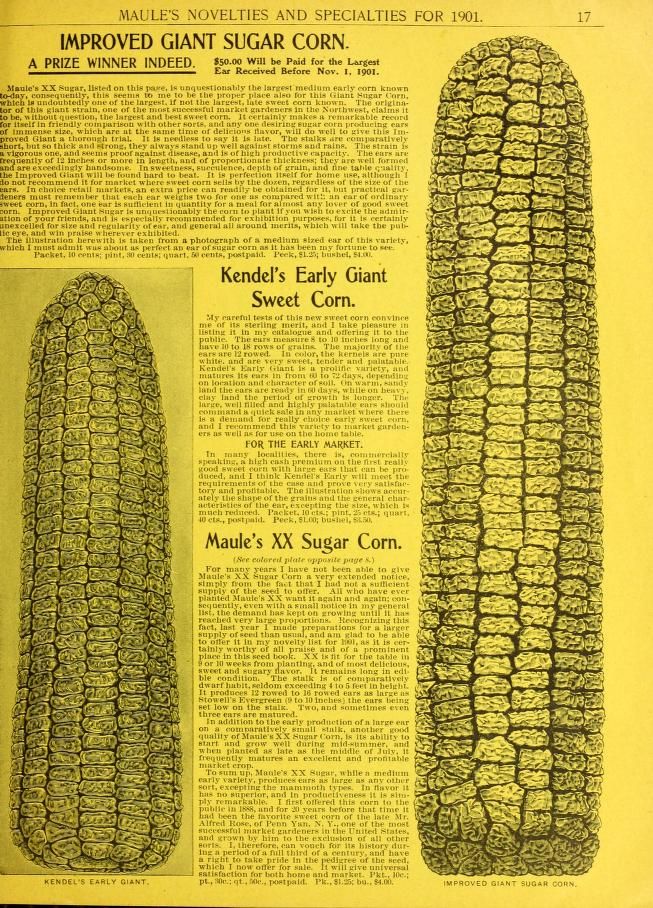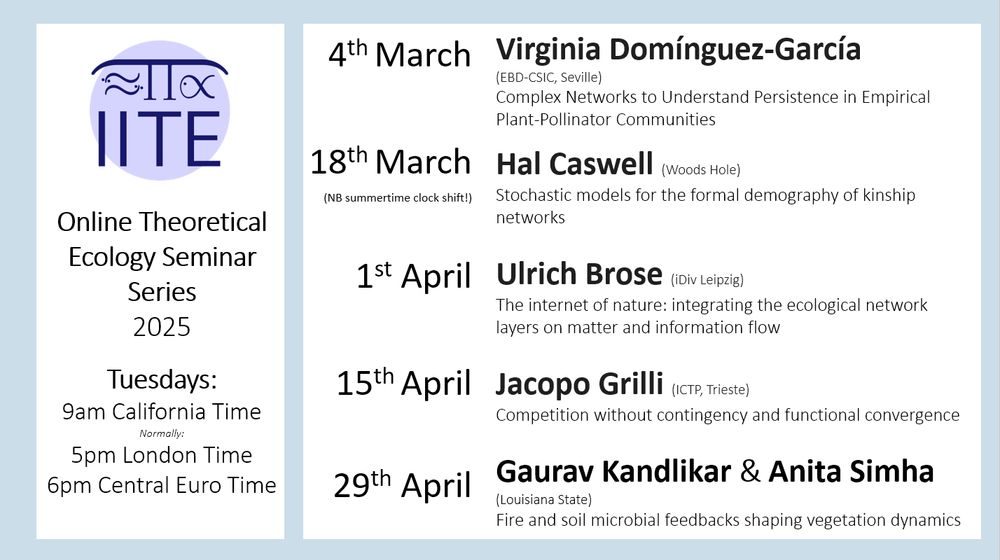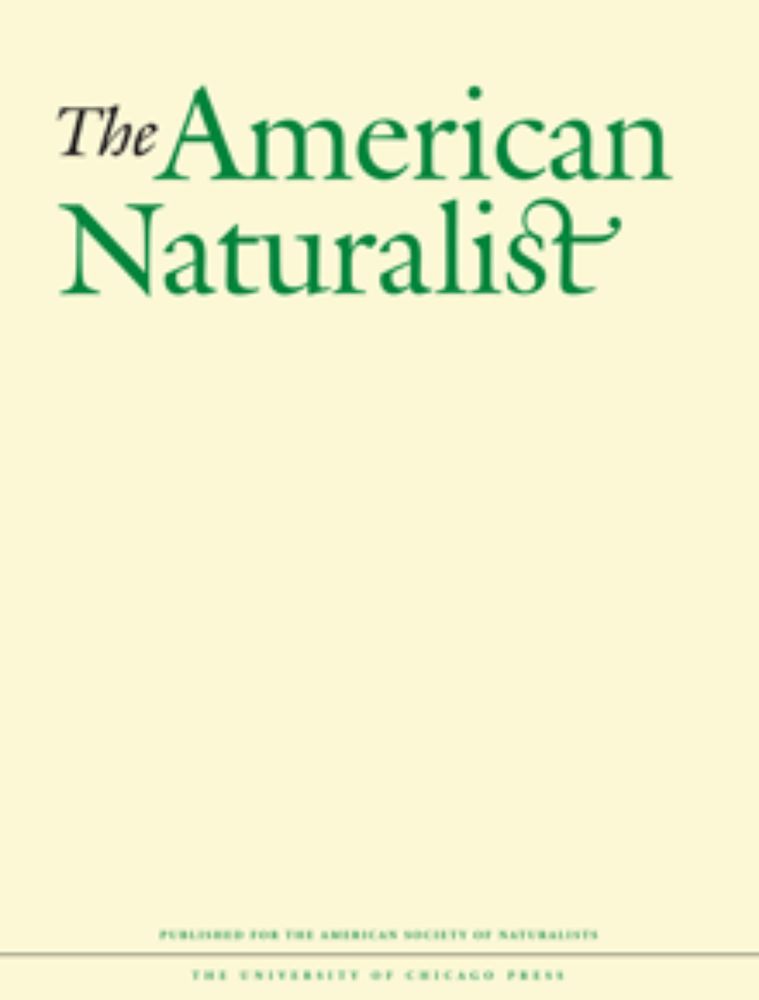Joe Brennan
@biologyjoe87.bsky.social
400 followers
270 following
14 posts
Community ecology & theoretical population biology 🪴🧬 🧮
Ecological & evolutionary mechanisms of coexistence 🤝, community assembly ⬆️ , and community disassembly ⬇️
UC Davis Population Biology PhD Candidate 🐄
https://biologyjoe87.github.io/
Posts
Media
Videos
Starter Packs
Reposted by Joe Brennan
Reposted by Joe Brennan
Reposted by Joe Brennan
James Kitchens
@kitchensjn.bsky.social
· Aug 19

tskit_arg_visualizer: interactive plotting of ancestral recombination graphs
Summary: Ancestral recombination graphs (ARGs) are a complete representation of the genetic relationships between recombining lineages and are of central importance in population genetics. Recent brea...
arxiv.org
Joe Brennan
@biologyjoe87.bsky.social
· Aug 11
Joe Brennan
@biologyjoe87.bsky.social
· Aug 11
Reposted by Joe Brennan
Reposted by Joe Brennan
Reposted by Joe Brennan
Justin Yeakel 🦣🐆
@jdyeakel.bsky.social
· Feb 20

Bioenergetic trophic trade-offs determine mass-dependent extinction thresholds across the Cenozoic
Body size drives the energetic demands of organisms, constraining trophic interactions between species and playing a significant role in shaping the feasibility of species' populations in a community....
arxiv.org
Reposted by Joe Brennan
Joe Brennan
@biologyjoe87.bsky.social
· Feb 9
Reposted by Joe Brennan






















